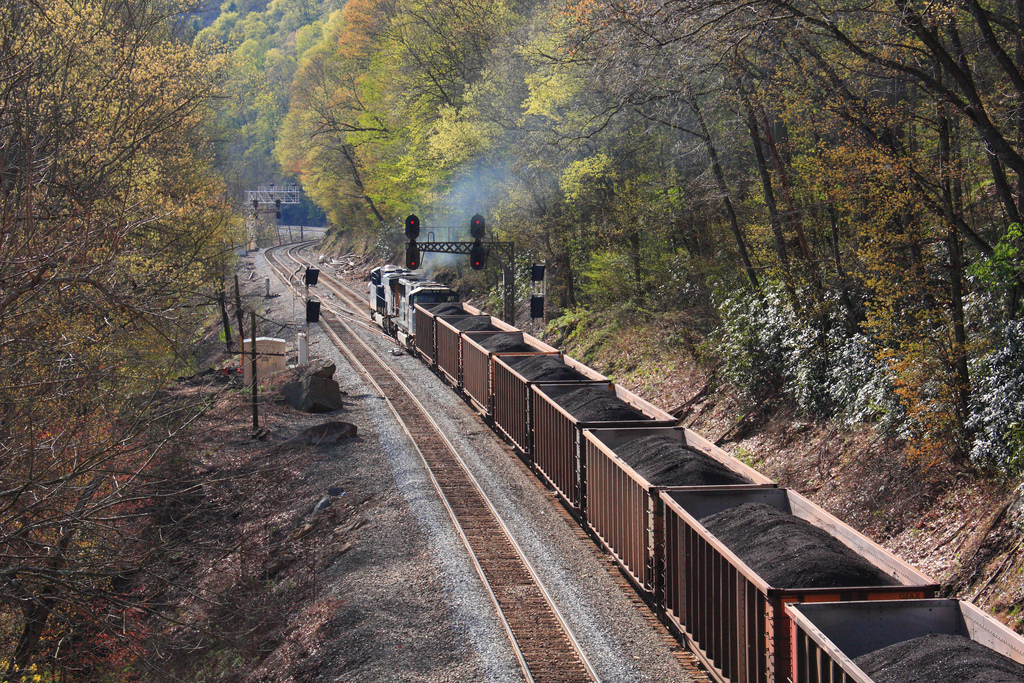Last month colleagues and I published a paper in the journal Environmental Research Letters, focusing on the economic impacts of future coal production on West Virginia. Using scenarios for projected coal production published by the Energy Information Administration in its Annual Energy Outlook, we set out to understand how these projections might impact the economy of West Virginia, the second largest coal-producing state in the United States.
Findings include:
- In 2010, just three companies controlled more than 60 percent of the coal produced in West Virginia. All three were headquartered out of state. At least 89 percent of production was ultimately owned and controlled by out-of-state companies, meaning that profits generally leave the state.
- Most scenarios suggest a decline in coal jobs and economic activity in 2020 compared to the reference case for the state as a whole, but this hides drastic differences between southern and northern counties.
- Hypothetical investments in other sectors of West Virginia’s economy represent greater job multipliers than coal mining. Those sectors include agriculture, forestry, logging, energy efficiency retrofits for residential and commercial buildings, and even producing components for the renewable energy industry.
Our study points to an urgent need for states like West Virginia to take strong action to spur economic development in other areas of the economy, instead of fighting the EPA’s statutory obligations to reduce pollution from power plants.
Baby steps
The West Virginia legislature took a small step in that direction earlier this month, passing a bill establishing the Future Fund. Originally focused only on natural gas taxes, the House version puts a portion of all severance taxes into the Fund—including coal. Concerned about tight budgets, however, legislators also approved restrictions that will effectively prevent deposits into the Fund until at least 2020.
We’ll plan for the future… someday.

